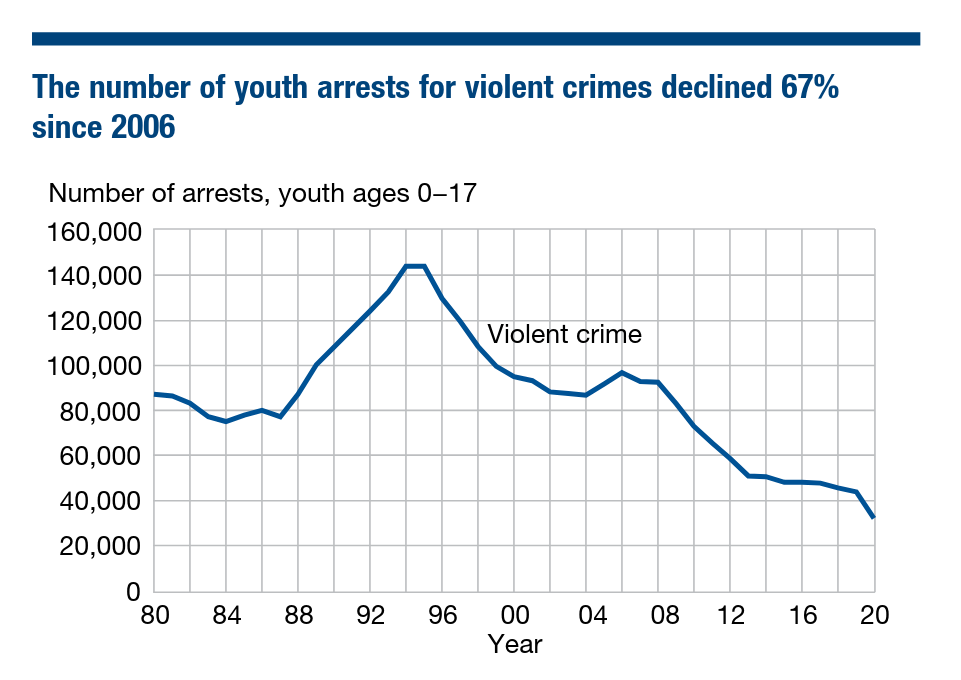Background
When I came to this country, mainstream gay rights organisations were not trans inclusive. Indeed, often the opposite. I attended what was the UK’s largest trans protest at an awards banquet for one of them in which a terf was a nominee.
Things have moved on rather a lot. That protest was tiny compared to ones that have happened since. And virtually all organisations in that sector are now LGBTQ+. Given the sheer numbers of nonbinary young people, this seems like a very obvious step. However, there are a few ominous signs.
LGB(t) Labour had it’s gathering recently and is rumoured to have not invited their trans member. Given the way Labour has been hostile to trans people and especially trans youth, this is not a surprising development, although it is also a shocking development. The influence of the US also does suggest things could change quickly.
Holding the Line
It seems obvious that organisations that are currently LGBTQ+ should remain so. The vast majority of LGB people do support trans rights, so the membership of these organisations ought to be able to use their voices to prevent capitulation to the far right. Indeed, we are stronger together.
Organisations that are backsliding, such as LGBT Labour are theoretically answerable to their members, who can and should speak up.
Expanding our Alliances
LGBTQ+ issues are sometimes called “identity politics”, but this is something of a misnomer. The political issues we have are generally not with regards to how we use our minds, but rather with what we do with our bodies. Prejudice against us is mostly focussed on embodiment – of using our bodies in the wrong way. We should make common cause with others in similar positions.
We can and should reach out in solidarity to sex workers and drug addicts and others acting as if their body belongs only to themselves. We should not let respectability politics prevent us from building bridges with comrades who want to control their own embodiment.
LGB people, trans people, sex workers and drug addicts are groups that already have some membership cross over. Our issues are linked. A health system that fails or punishes drug addicts is also likely to have a paternalistic attitude towards trans people, failing many of us. All of us deserve better. We can show up to each other’s protests and build bridges.
Red Umbrellas vs Red Flags
This is the point where you would expect to find links to organisations. Unfortunately, I lost touch with the addicts group that I had collaborated with in the past, so I hope I get comments here with links. In the mean time, let’s talk about how to recognise comrades.
There are a lot of organisations that work with addicts, but we are looking for something run by and for addicts and that seeks to protect their rights and safety as drug users. They may be working to fight stigma, for decriminalisation, or for safe injection sites and access to clean needles.
Many organisations for drug users are trying to help people get clean. Of course, this is a decision people should be free to make, but this is not what we’re looking for. Anything advertising treatment programmes on their web page is a red flag. Instead we want to find people who are advocating for their rights as addicts, to live happy, safe lives, while remaining addicted if they choose. Those are the comrades we’re looking for. Note that they may also advocate for people in recovery programmes, but demand this be a free choice.
Similarly, we are looking for organisations run by and for sex workers, that are focussed on supporting their rights as workers. Groups like the European Sex Workers Rights Alliance. Many sex worker organisations use the red umbrella symbol (which is also sometimes used by mental health groups). Again, you are looking for organisation that are talking about things like stigma, decriminalisation and rights.
Rescue organisations, people trying to get sex workers into other industries, and “the Nordic Model” are all red flags. Because terfs and swerfs have significant crossover, you’ll find that trans people and sex workers often have the same enemies, which can be a strong basis to build from.
Unlearning our Biases
It’s easy to say we should get rid of respectability politics, but harder to do it. Several years ago, I co-organised a protest with an addict group and all of us were nervous about causing offence. None of us did. It was fine because we were all making an effort. I’m not saying that this will always go fine, but everyone making an effort goes a long way.
With any coalition, we don’t have to agree 100%. We only have to agree on what we’re demonstrating for or against. If we have the same enemies, that can be enough.
But also, it’s worth trying to broaden our perspectives. Seek out the voices of people most impacted by criminalisation and hear what they want. Trans people should have a central voice in trans treatment in the NHS. Addicts should have a central voice in their own treatment and criminalisation. Sex workers should be centred rather than seen as passive damsels waiting for rescue. Be on your best behaviour and remember we all deserve freedom to live our lives authentically.


